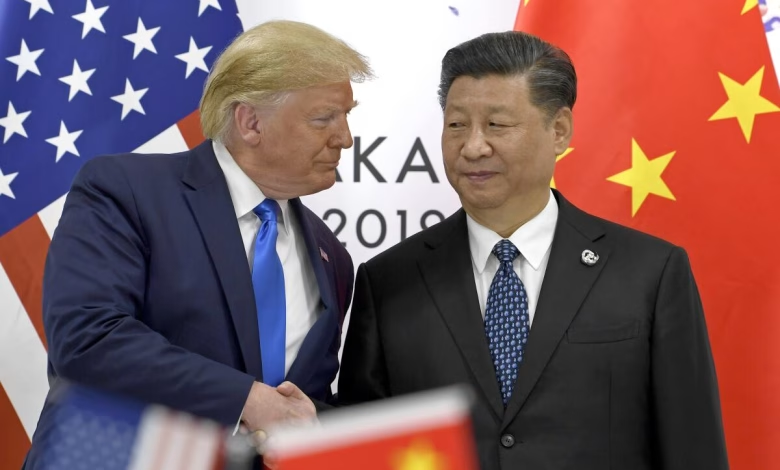U.S. and China Clash Over New Tariffs

Asian financial markets surged on Thursday following U.S. President Donald Trump’s announcement of a temporary easing of tariffs for most countries, offering a 90-day suspension in enforcement. However, this move failed to ease tensions with China, as the U.S. simultaneously imposed a sharp 125% tariff on Chinese imports—prompting an immediate and forceful retaliation from Beijing.
The decision came after days of market instability driven by intensifying trade disputes. While Trump’s 10% tariff on imports—excluding China—remains, affected countries now have a three-month window to renegotiate trade terms. Meanwhile, U.S.-China trade relations deteriorated rapidly. Citing China’s “lack of respect,” Trump defended the historic tariff hike, while Beijing fired back with an 84% retaliatory tariff on all American goods, asserting it would not “back down to Trump.”
Despite the escalating standoff, Wall Street rallied on Wednesday, marking one of its best single-day gains in history. The momentum carried into Asian markets, with stock exchanges in Japan, Taiwan, and South Korea rebounding strongly as investors hoped that a broader trade collapse could still be averted.
Speaking at a Nascar-themed White House event, Trump struck an optimistic tone, saying, “What a day, but more great days are coming,” and promised “fair deals” with all trading partners, including China.
According to our North America correspondent, the tariff pause may reflect a strategic recalibration by the White House in light of growing economic concerns. Still, the escalating feud with China indicates that a comprehensive resolution to the trade war remains distant.






